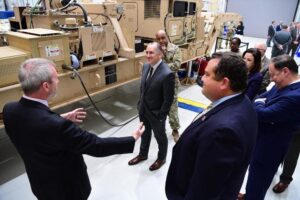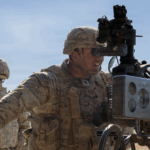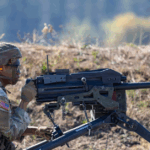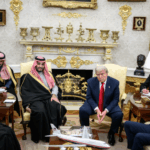
The Army’s number two civilian official has said it’s “too early to say” whether the service considers the new Integrated Visual Augmentation System (IVAS) headset as the replacement for its Enhanced Night Vision Goggles-Binocular. Gabe Camarillo, the Army under secretary, told reporters that such a decision could be informed by a new night vision strategy currently in the works, which he said will assess the right mix of capabilities for the service’s enduring requirements. “Rather than lock the Army into…

 By
By 











